![]() © Yogesh Maan and Roy Smits
© Yogesh Maan and Roy Smits
The Apertif Radio Transient System (ARTS) is an advanced and real-time backend for time-domain studies with Apertif. It is being designed specifically to
detect Fast Radio Bursts (FRBs) and make use of the Westerbork array to localise these enigmatic sources better than single dishes have so far been able to. ARTS can also carry out deep searches of pulsars, and time known pulsars. This requires handling high data-rates and the ability of different modes of observation.
The initial set of hardware, firmware and software in ARTS, for the pulsar timing module, has recently been installed at the WSRT site. After a number of commissioning steps to test and iron out wrinkles in the various required processing steps, we saw a pulse profile come through on Wednesday 11 August at 12:37:00 CEST and we proclaimed first light!
The first image captures the moment that ARTS team members Daniel, Roy, Yogesh and Apertif commissioning engineer Boudewijn witnessed this great milestone -- the folded profile of a 3-minute, 18.75-MHz-bandwidth observation of pulsar B0329+54, the go-to commissioning pulsar in the Northern Sky. We used only the central Apertif dipole elements from 3 WSRT dishes in this first and most basic step and the signal to noise ratio was in the expected range.
The second image shows an even better profile of a 15-minute observation, revealing the characteristic components of this bright pulsar.
The final image shows the first hardware component of ARTS, called ARTS-0, which has the high precision pulsar timing pipeline implemented on it. This machine is capable of performing real-time coherent dedispersion of radio pulsars of the full 300 MHz (twice the bandwidth of the pre-upgrade WSRT), as well as storing up to 30 hours of raw voltages. That will allow for the continuation of the high-precision pulsar timing programme. By expanding on the pre-upgrade timing baseline, WSRT will contribute to projects like neutron-star mass measurements, studies of binary pulsar evolution and, eventually, gravitational wave detection with a pulsar timing array in the nanohertz regime.

 © ASTRON
© ASTRON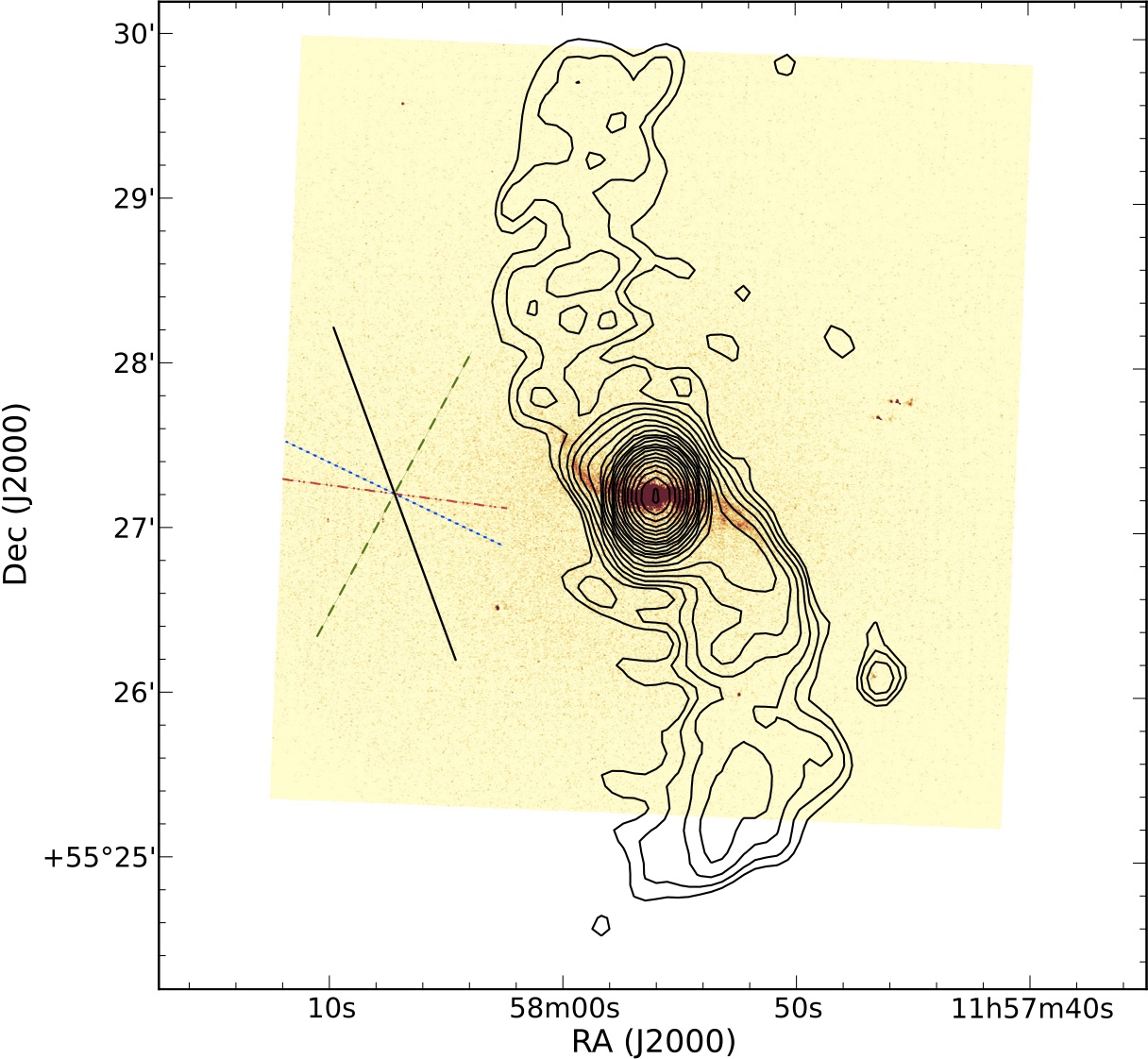 © Astron
© Astron © Hiddo Hanenburg
© Hiddo Hanenburg © Eric Kooistra
© Eric Kooistra © ASTRON
© ASTRON © Harm-Jan Stiepel
© Harm-Jan Stiepel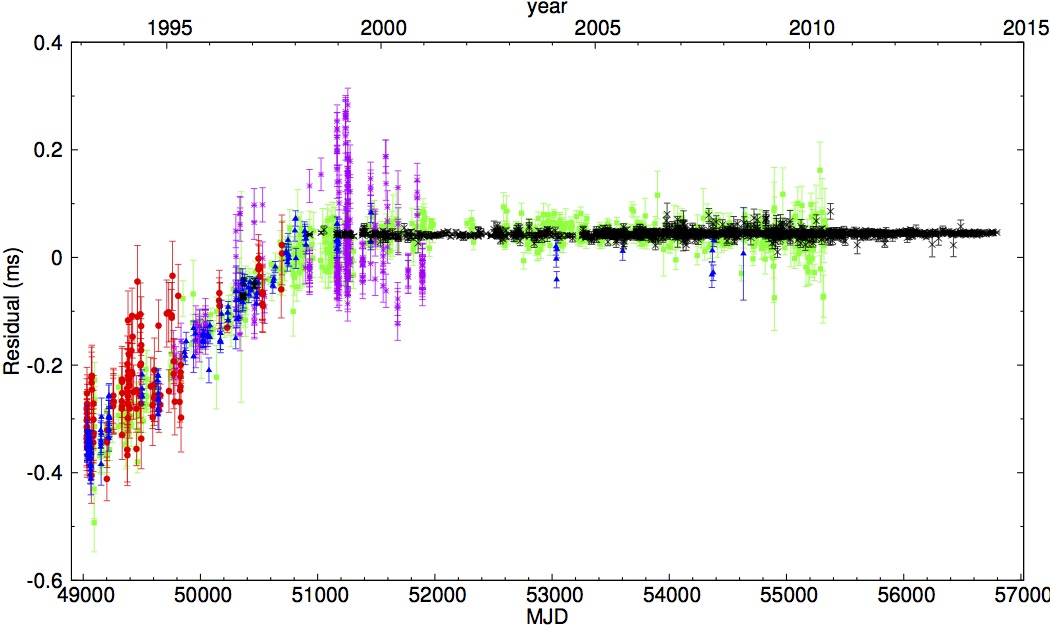 © James McKee, Gemma Janssen
© James McKee, Gemma Janssen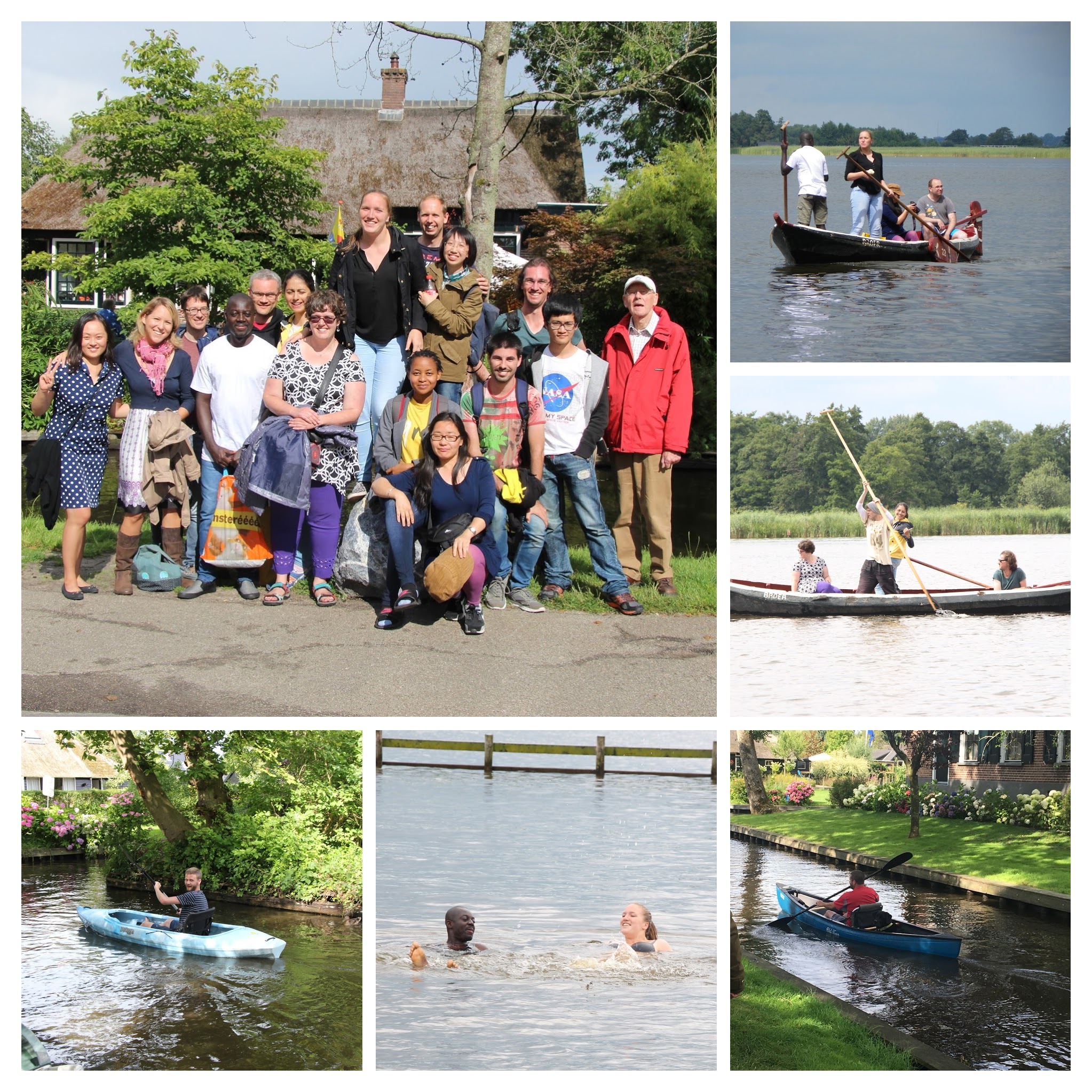 © Benito Marcote , Liying Wei
© Benito Marcote , Liying Wei © Van Diepen & Broekema
© Van Diepen & Broekema © L. Morabito, A. Deller, H. Rottgering, et al.
© L. Morabito, A. Deller, H. Rottgering, et al. © Hiddo Hanenburg
© Hiddo Hanenburg © Madroon Community Consultants (MCC)
© Madroon Community Consultants (MCC) © Cees Bassa
© Cees Bassa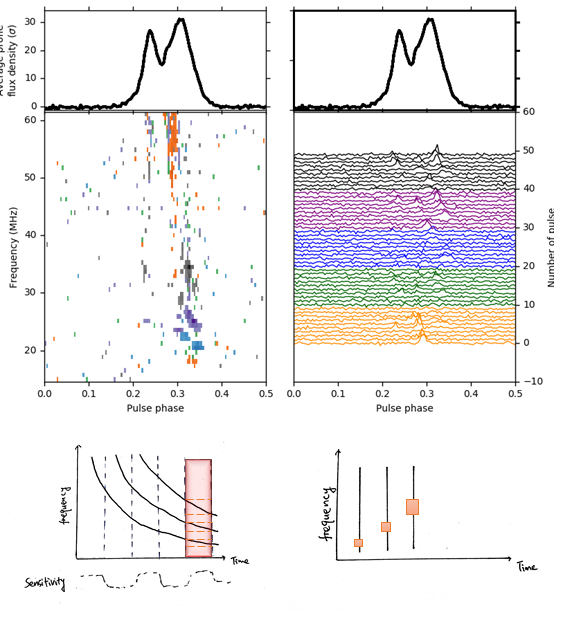 © Xiaoxi Song, Vlad Kondratiev, Anya Bilous
© Xiaoxi Song, Vlad Kondratiev, Anya Bilous 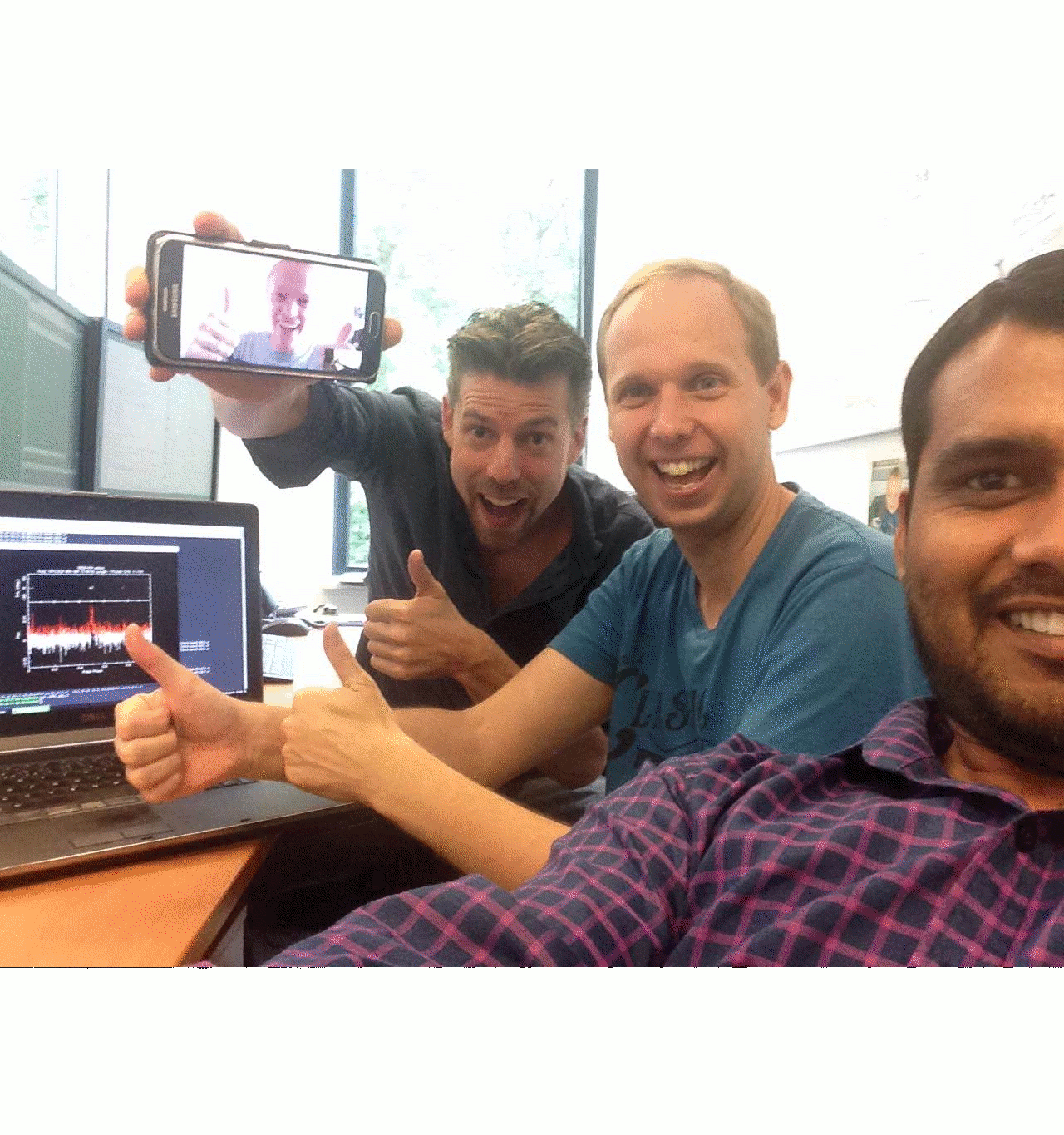 © Yogesh Maan and Roy Smits
© Yogesh Maan and Roy Smits © streekblad
© streekblad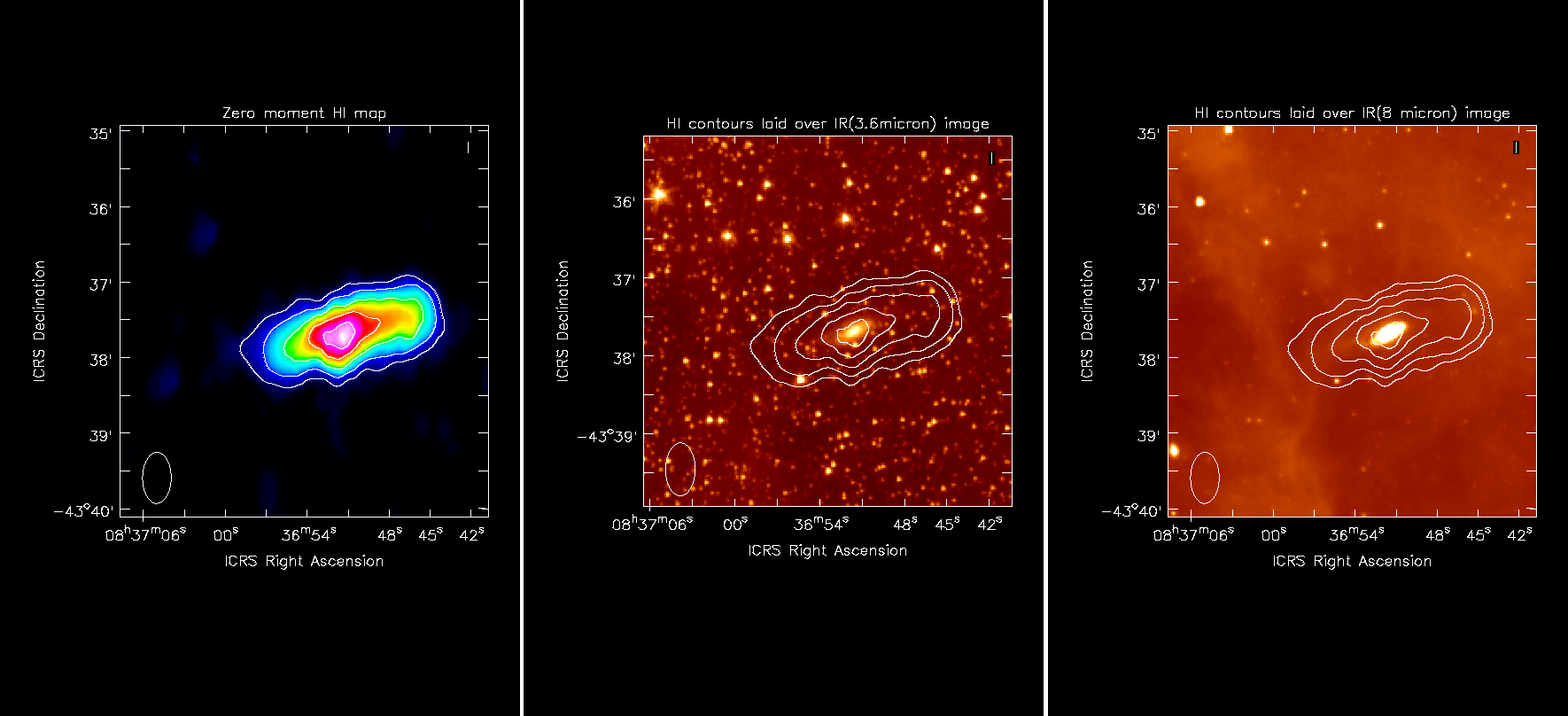 © Anoj Khadka
© Anoj Khadka © ASTRON
© ASTRON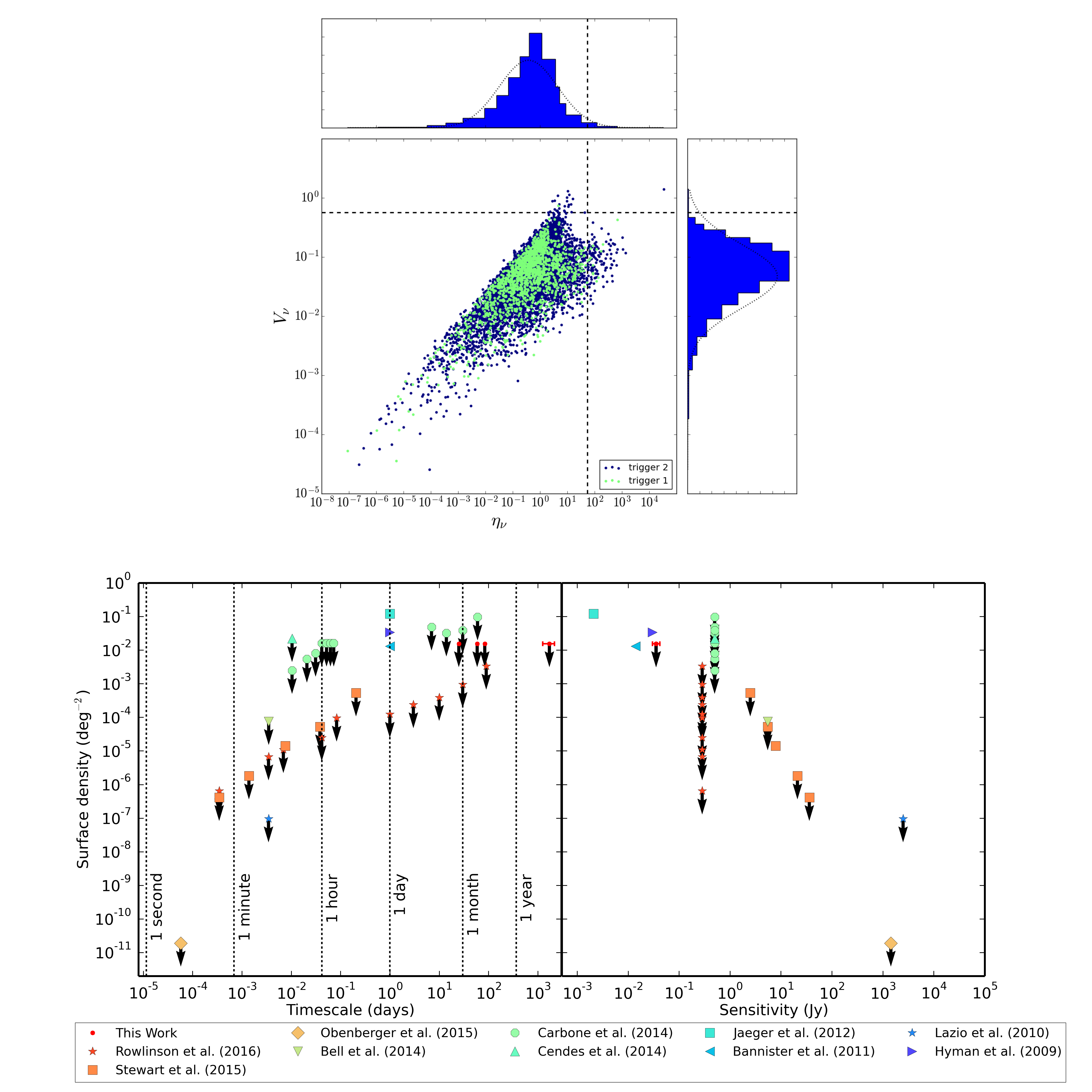 © Anjali Piette, Antonia Rowlinson, Jess Broderick
© Anjali Piette, Antonia Rowlinson, Jess Broderick







